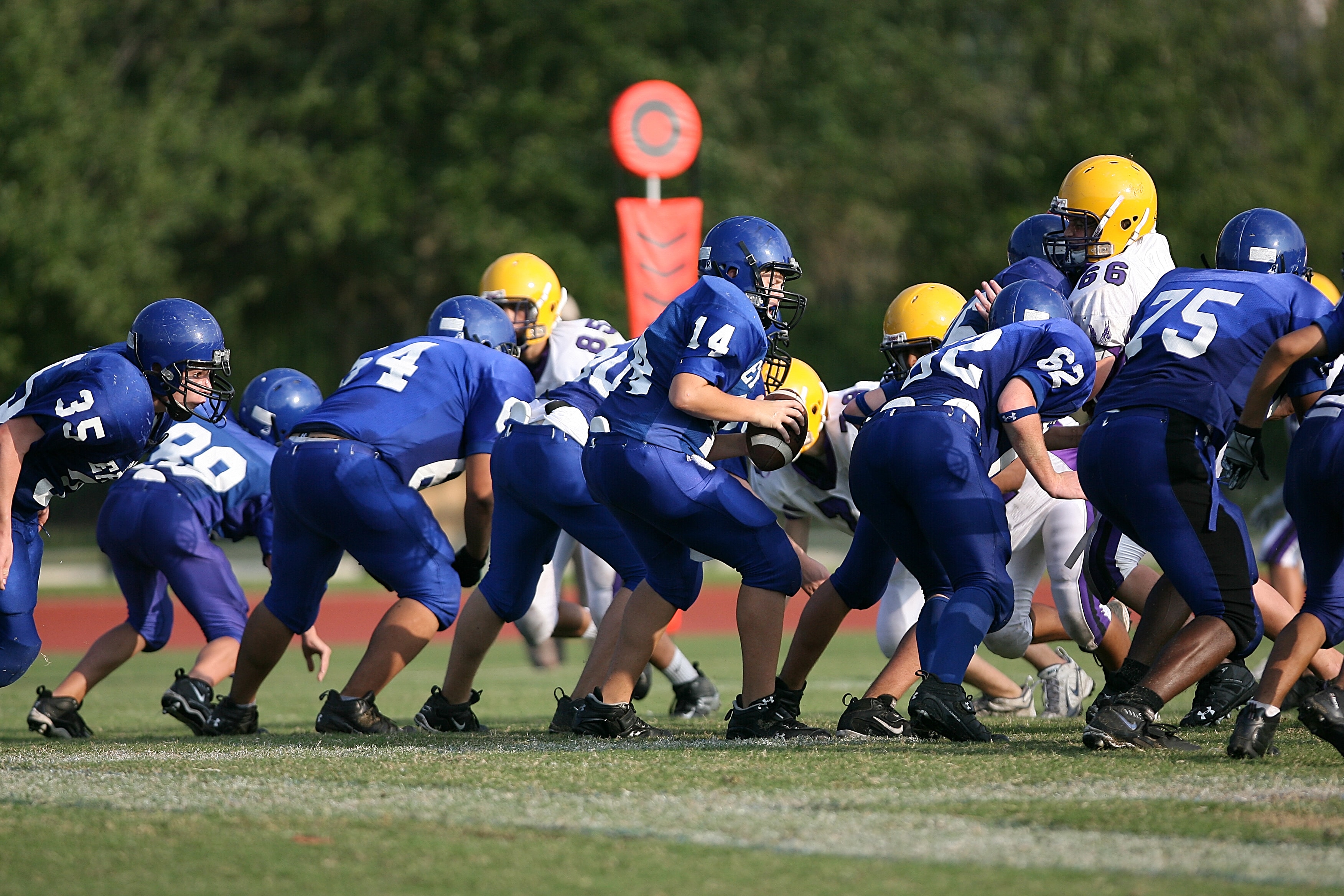Sudden Cardiac Arrest affects over 400,000 victims each year and is the leading cause of death in young athletes. Athletes collapsing from sudden cardiac arrest in a gym or on the fields is not uncommon.
Stats:
1. Cardiac Arrest is the leading cause of death in young athletes
2. In the U.S., a young competitive athlete dies suddenly every 3 days
3. The average age when Sudden Cardiac Death (SCD) occurs is 17.5 years. The risk increases with age
4. Only an AED can reverse the chaotic cardiac rhythm of sudden cardiac arrest
5. CPR helps keep the brain healthy during sudden cardiac arrest
The American Heart Association states that there are many pre-existing heart diseases and abnormalities, which go undetected, that can lead to a cardiac incident during vigorous physical activity. Two that are more prevalent are Hypertrophic Cardiomyopathy and Long QT syndrome.
Recommendations for Prevention and Management:
1. Require Pre- Sports checkups/screenings. The American Heart Association (AHA) checklist is a 14 part evaluation that includes personal history, checking for heart-related symptoms including fainting, chest discomfort, blood pressure, listening for heart murmurs and checking the blood vessels and heart.
2. If there is anything that comes up that is questionable, a visit with a cardiologist is recommended before starting any activity. This visit would include an ECG (Electrocardiogram) and/or Ultrasound. ECG tests are now offered at Low or No cost in 26 states through nonprofits. — Some for only $15 — according to the advocacy group Screen Across America. Some, like the Go Big or Go Home Cody Stephens Foundation, offers grants to pay for ECGs. Others, meanwhile, bring the ECG machines and trained personnel to the schools to conduct the tests.
3. Resuscitation training should be provided to coaches and as much staff as possible on a regular basis. If possible, students should be offered training as well. This will serve the school as well as the community. AED’s should be kept on hand and all staff aware of their locations.
4. During a sudden cardiac arrest, the only treatment that will change the chaotic heart rhythm and restore the victim to a normal rhythm is an AED. It is recommended that AEDs be kept on the field during both athletic contests and practice sessions.

